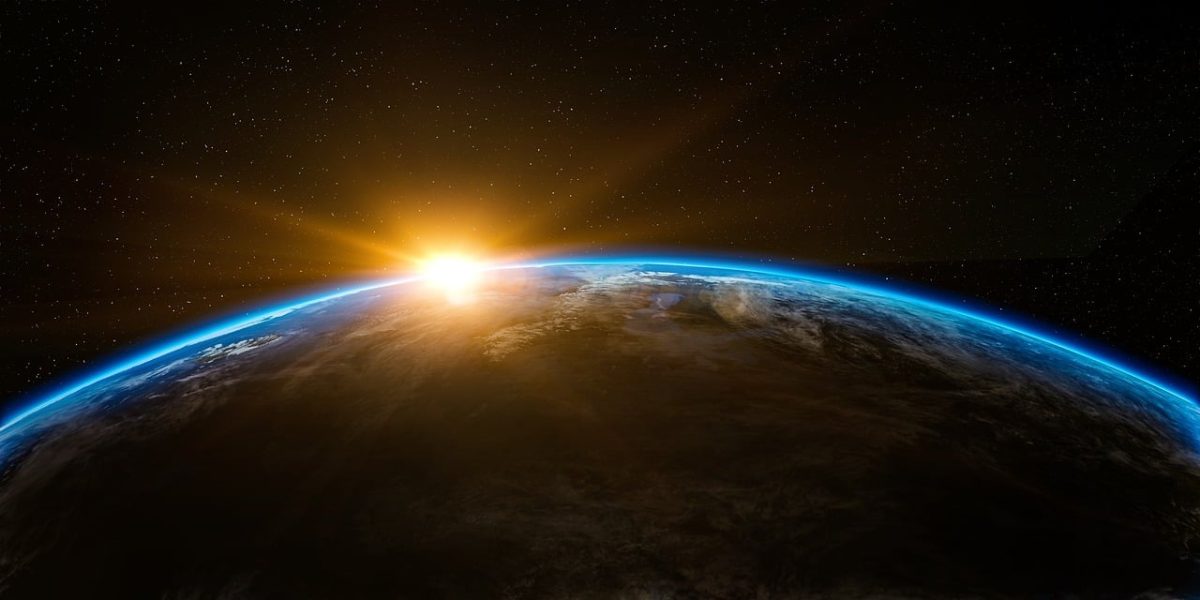The moon is like a demilitarized zone, a peaceful area that neither one person nor one country can claim as its own. With increasing innovations in space exploration, more and more countries are succeeding in furthering their research of the vast area of darkness that is yet to be discovered. For 11 years, many spacecraft have been launched into space with hopes of making it there. However, less than half have made it all the way to the moon. There used to be only four countries that had succeeded in soft-landing to the moon, which is arriving to the moon without any damaged parts of the spacecraft. Those countries were as follows: the United States, India, China, and the former Soviet Union. Lately, another country joined the short list. Japan is officially the fifth country to land on the moon without any damaged parts on the spacecraft. Utilizing precision technology, Japan landed its craft relatively close to the preferred touchdown area on January 20, 2024, which is an extremely difficult feat to achieve. The preferred touchdown area in this space mission was near the moon’s equatorial region.
The spacecraft Japan sent out on the journey to the moon was the Smart Lander for Investigating Moon, also known as SLIM. Unfortunately, just after three hours of its initial landing, SLIM had to be turned down as the engineers of the program realized a devastating flaw in the blueprints; by the placement of SLIM, its solar cells are facing away from the sun, rather than towards it, contributing to the lack of energy it has to function. This malfunction is currently threatening the entire program but some scientists do believe that with the movement of the light very soon, the mission isn’t totally lost. For now, though, scientists have turned the craft off in order to save energy before the potential light starts to move.
Before the power shutdown, Japan did capture some photos and data that they wanted to collect. The X-Ray Imaging and Spectroscopy Mission, XRISM, was a part of SLIM as it captured the nearby images. For example, one photograph depicts an image of a star that had been blasted apart a long time ago, called the supernova remnant. Despite its very slow and long trip, having to take 110 days until it finally entered orbit, the food truck sized small spacecraft collected data that many scientists are getting excited about.
With the topic of a new success on the moon, there may be areas where people may debate about the moral standards of colonizing or experimenting on the moon. Some insist that “humans have a moral duty to save our species from extinction, and space colonization is one way of doing so,” according to Britannica. On the other hand, this also presented the opposing idea of how humans should focus on improving the well-being of the people on Earth literally, on Earth. With these two opposing views and opinions, there is much more room for debate on the topic of the moon.
In discovering various routes on how to get to the moon, there had been many failed missions or even missions that hadn’t even started due to unforeseen circumstances. Astronomy and the study of space can be both unprecedented and intriguing at the same time, with many unopened doors. The last human that had reached the moon was Eugene Cerman, the astronaut on the 1972 Apollo program. Afterward, NASA, the National Aeronautics and Space Administration, stopped manned rocket flights for budgetary reasons. However, it does anticipate launching humans to space at any time in the future. The continuing exploration of space and its wonders aids people in turning the vast darkness into a cosmopolitan masterpiece.














































































































































